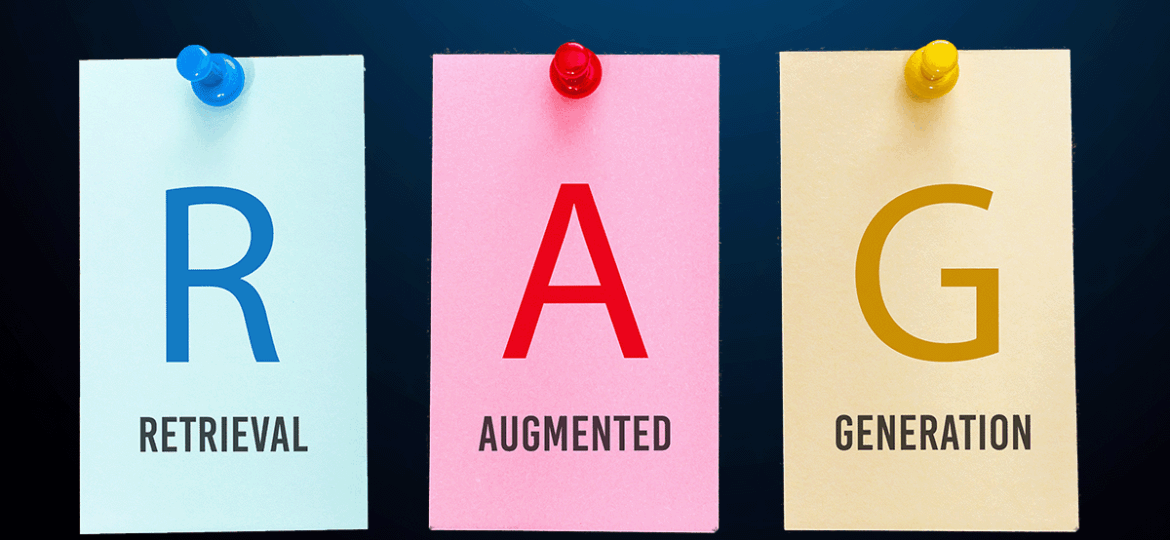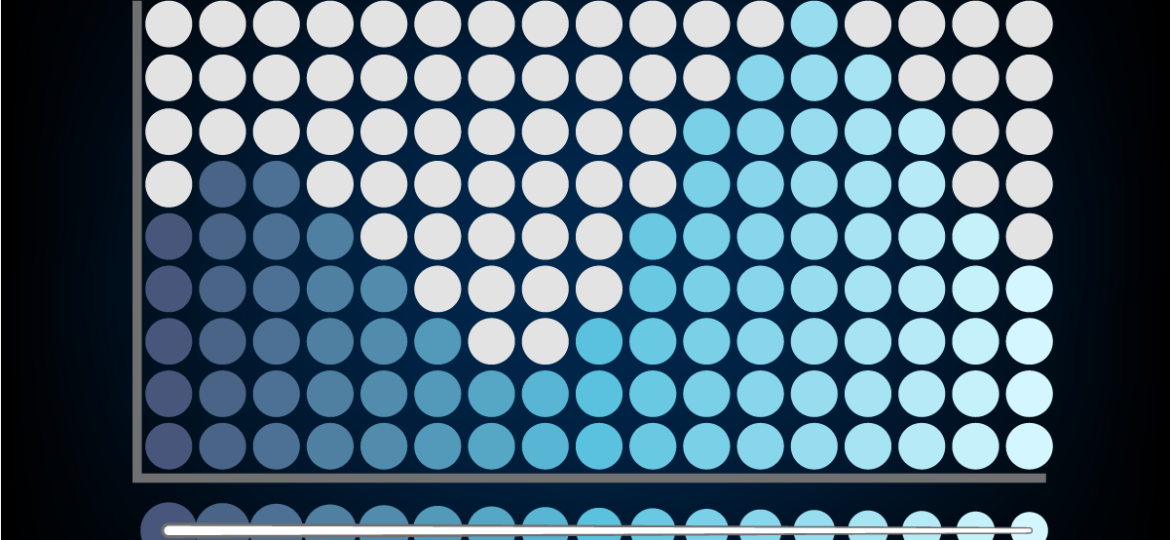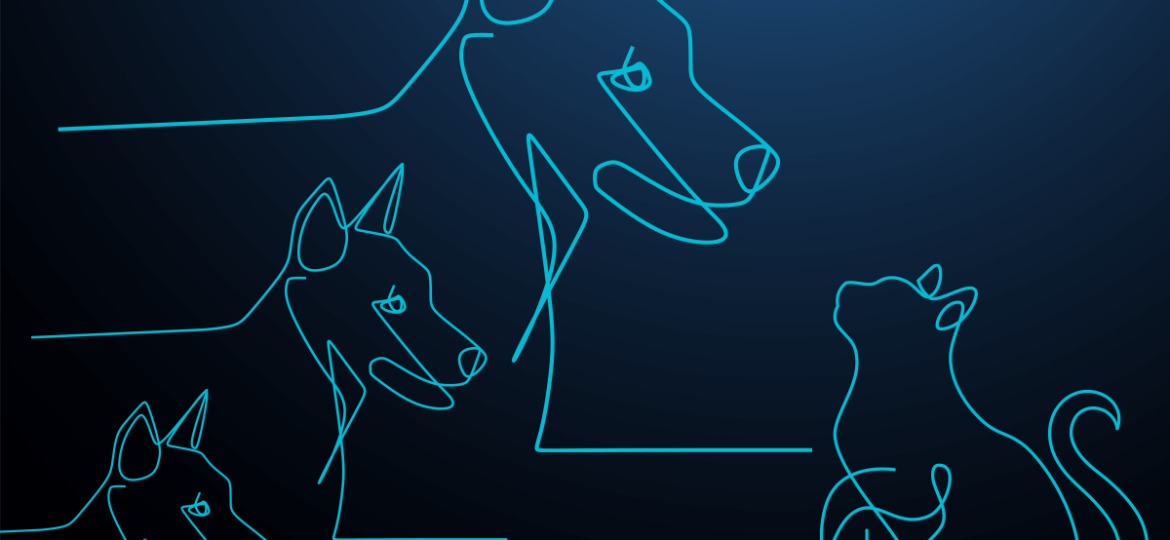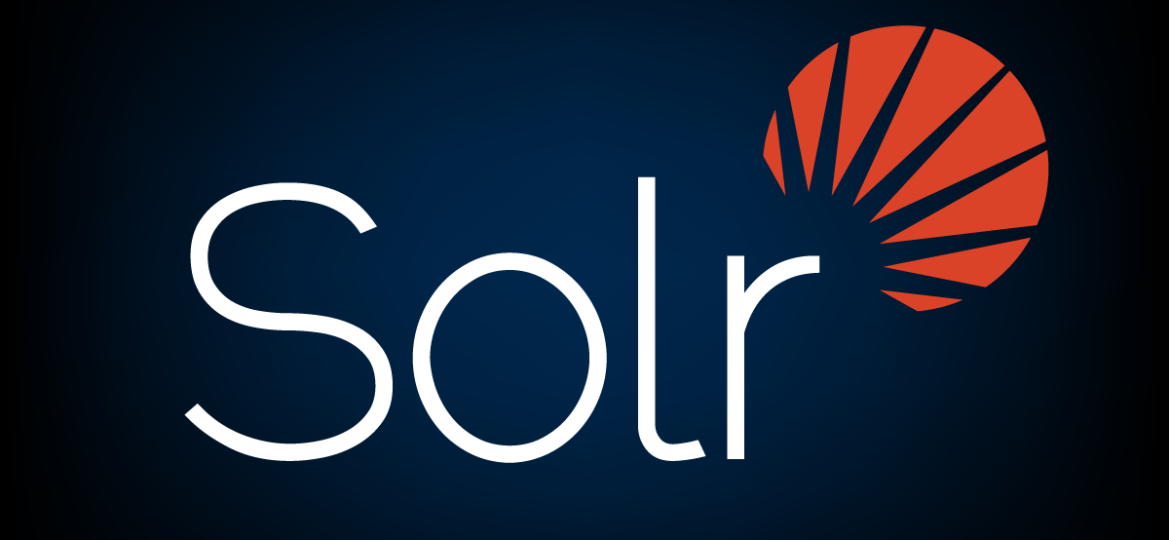We describe the process of using retrieval-augmented generation (RAG) to create a question-answering system about Solr and OpenSearch using an assortment of LLMs from HuggingFace and OpenAI.
Solr
When it comes to analyzing Solr logs, Solr does have some out of the box tools. However, we’ve found that those tools don’t give a lot of options for creating rich visual analysis, and don’t offer a way to analyze logs in real time. So what do we do? We turn to another open-source platform: Elastic.
New in Solr 9.2! We created a way for the Query Elevation Component to exclude filters. Read about how we did this and what you should know about this new feature.
New in Solr & Lucene 9 is the ability to do inequality operations to search against payloads on terms. We’ll go through this how new feature works using some different use cases.
The KMW team’s contribution to Solr 8.6 is a new Cross Collection Join query method, enabling Solr to support a multi-sharded distributed query for the first time. We’ll tell you all about how it works.
We go over how we extended Solr’s JSON Facet API to return large amounts of data and reports for a client’s use case.
Instead of delving into the mathematical definitions of TF-IDF and BM25, we will help you develop an intuitive understanding of these metrics using a series of simple examples.
Customer issues addressed by a KMW Solr Audit Include:
-Cluster instability
-Query throughput and latency issues
-Relevancy issues / poor recall or precision
-Ingestion / index latency concerns
-Planning for a Solr upgrade or major platform update
-Problematic Hardware/cluster sizing and/or scaling issues
-Defunct operational practices









